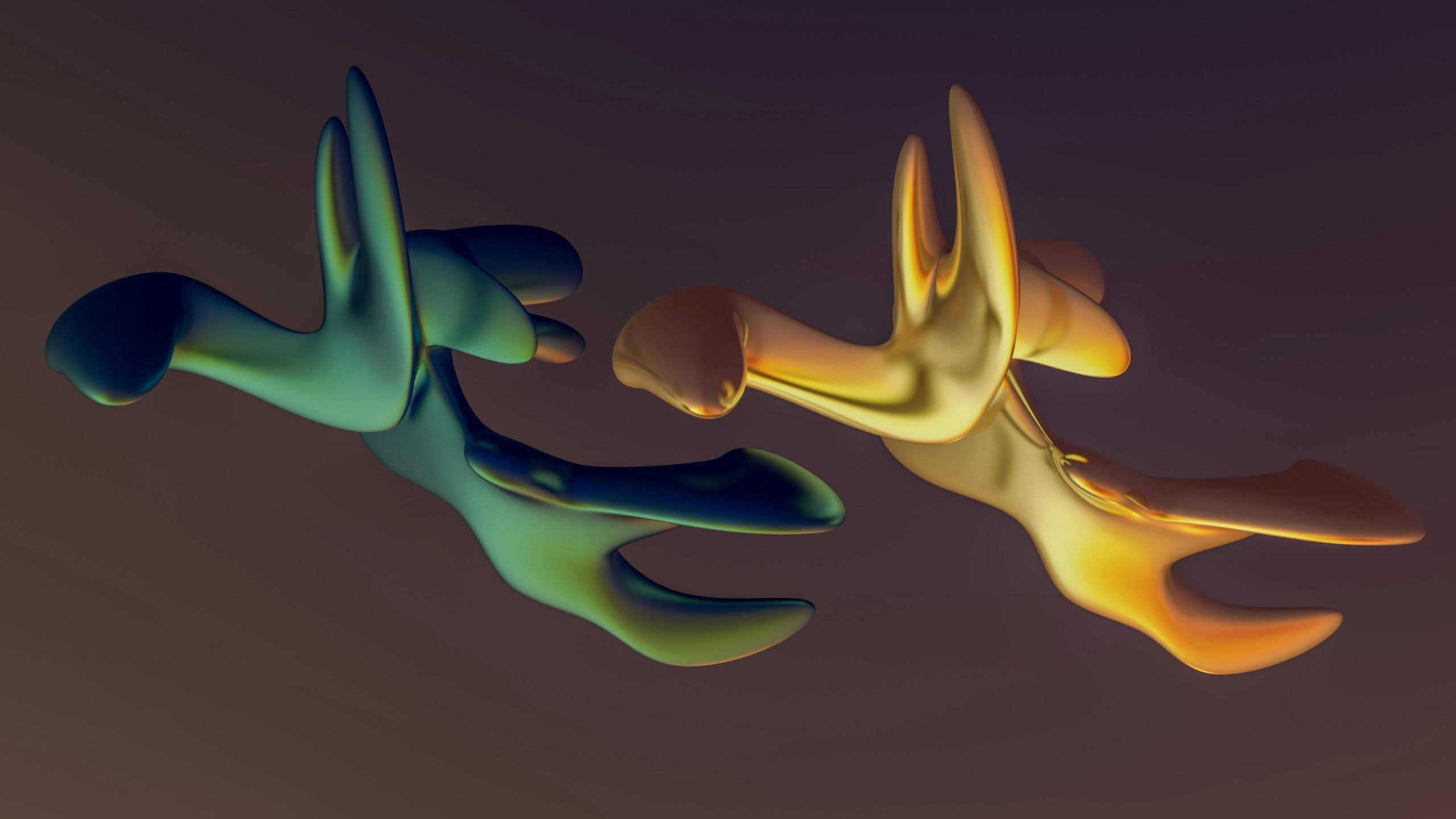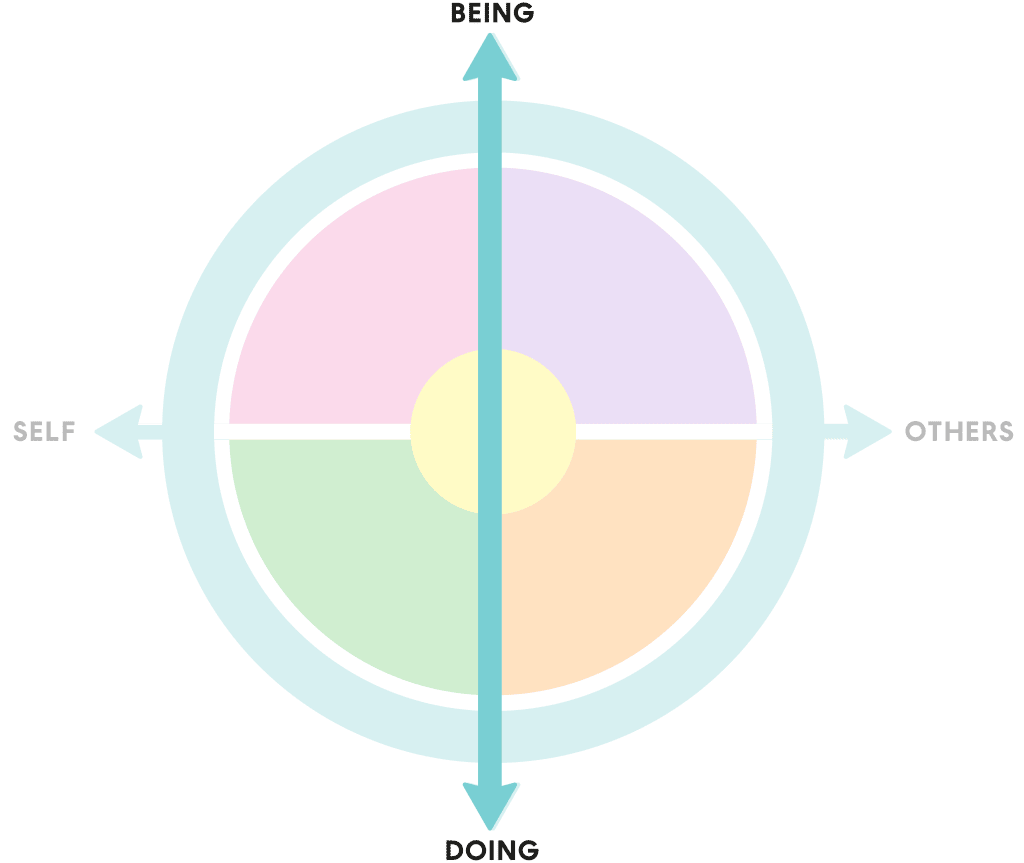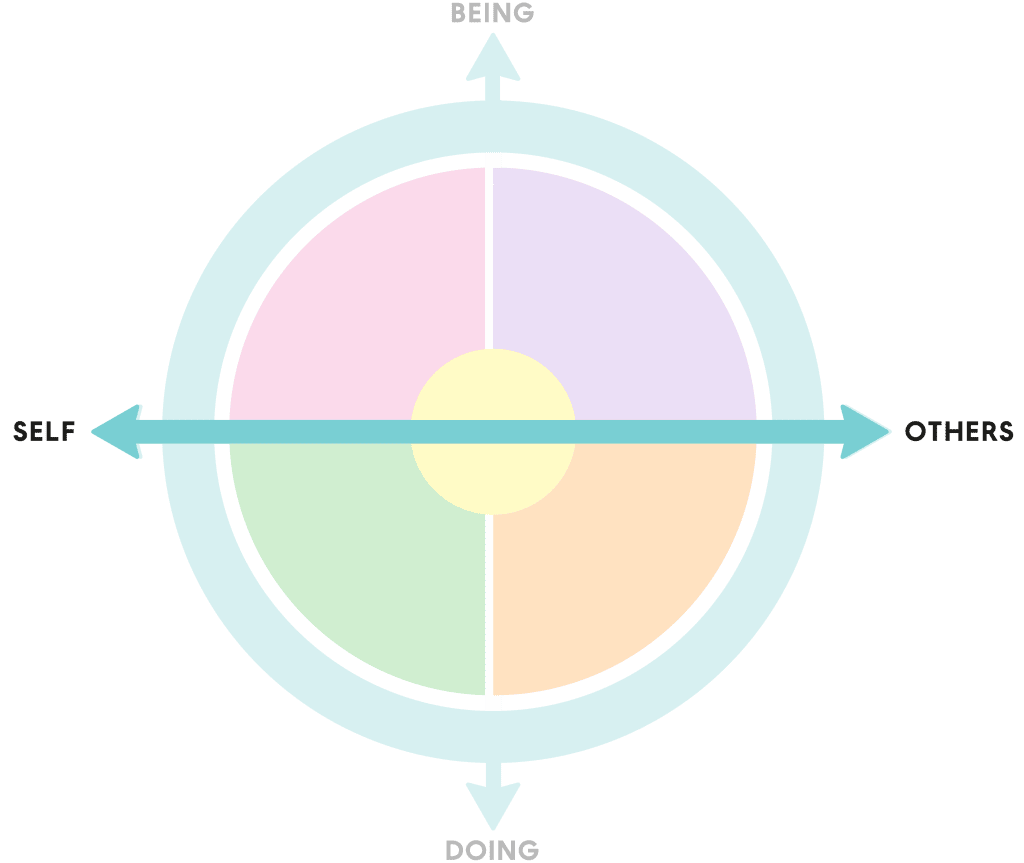
Why we don’t talk about meaning at work: MIT Sloan Management Review
- Academic Articles

In our research we found two tensions that relate to meaning: One between being and doing, and one between self and others. These tensions can lead to too much focus on any on of the four pathways which creates a loss of balance, which in turn can create a loss of meaning.
We need to find balance between our human desire to look inward and reflect, and our need to act in the world. Being refers to the need to reflect, to make sense of things, and to evaluate. Doing focuses out into the world and relates to our need to be able to act and get things done. For example, it’s the tension between someone saying “Why are we doing this? What are we learning?” and then “Right, we’ve talked enough, let’s get on with it.”

We want to find balance between our desire to focus on our own needs, development and achievement, and our desire for friendship, love, and to help others: an ongoing challenge of meeting the needs of the self, while meeting the needs of others. For example, we want to get on with our own project and also help a colleague; We want to evolve our work without becoming too focused on our own career and losing connection with others at work or at home.

This depicts the bigger realm in which meaningfulness takes place, which is at any time somewhere between inspiration and reality; between our hopes, ideals and visions for the future and the place in which we currently find ourselves. Both are automatically present in conversations about meaningfulness. Meaning can be lost when the gap between inspiration and reality feels too big. When we can can ground inspiration in reality, we tend to experience more contentment and meaning in the here and now.